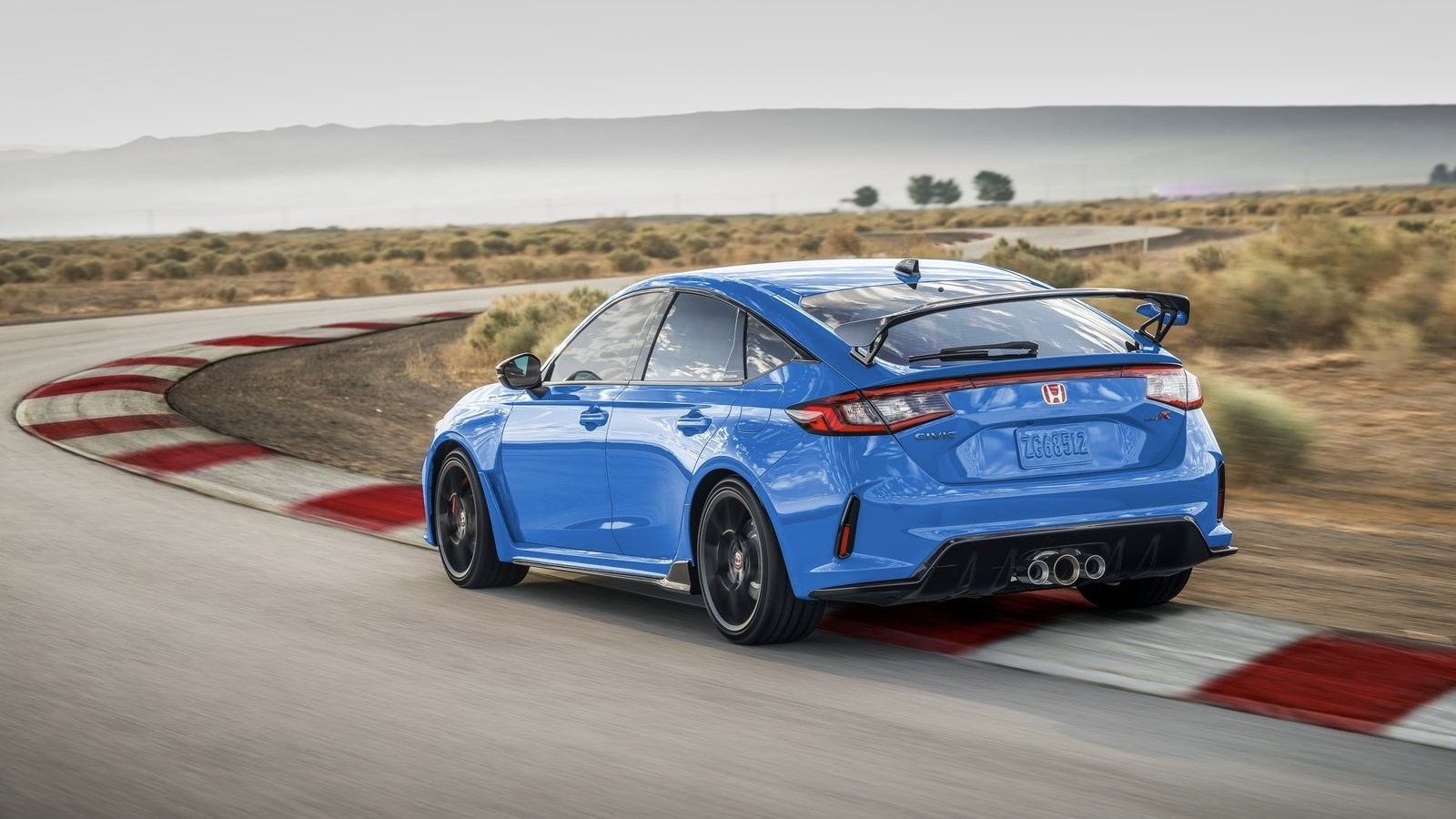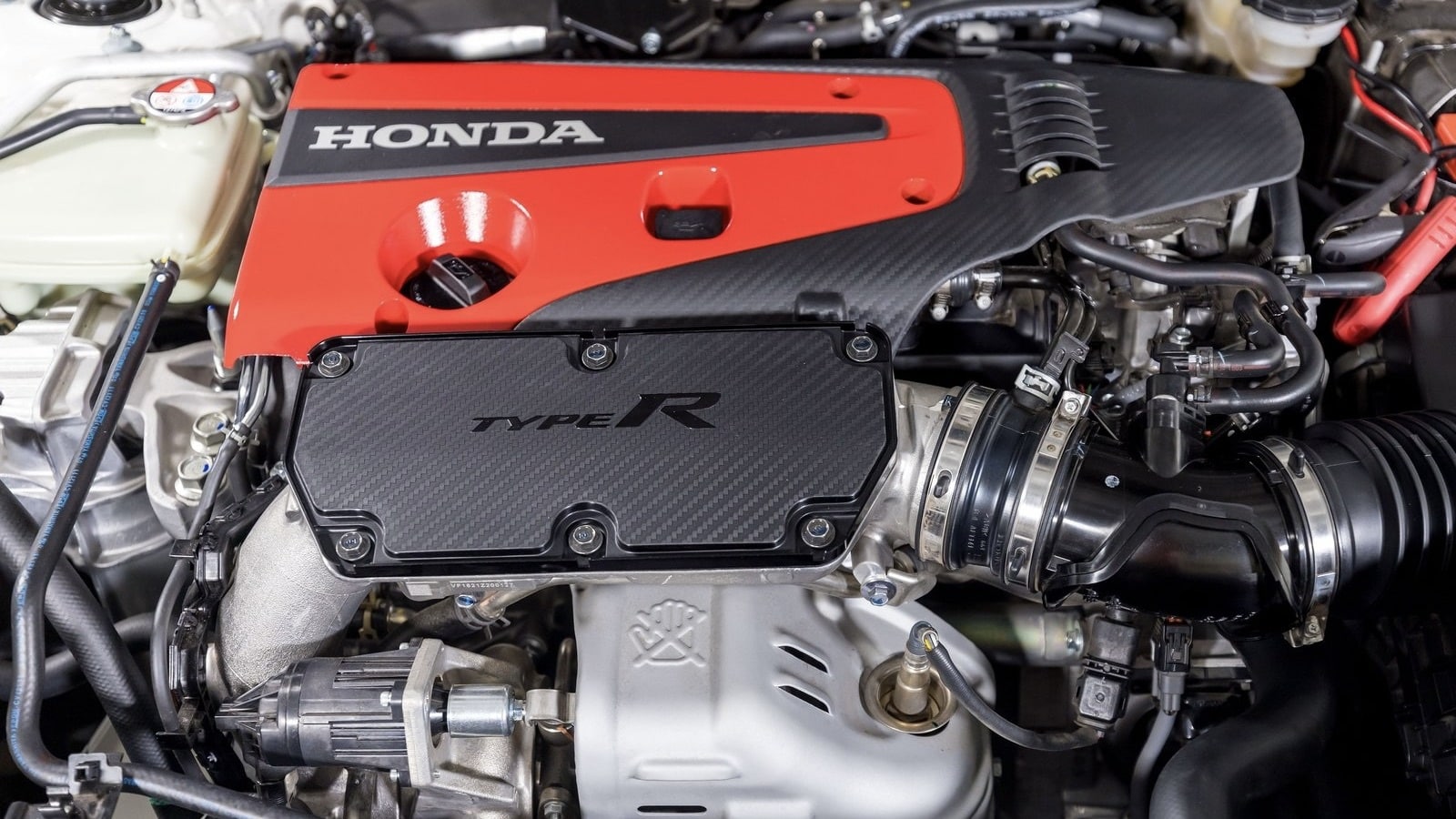Electrification or not, the Honda Civic Type R will survive

Honda has the firm intention of perpetuating the appellation R-type over time, whether it has to deal with electrification or not.
It is well known that Honda and electrification are two concepts that do not go particularly well together these days. Although the Japanese manufacturer is late in the electrification of its range, it seems that we are not completely unaware that the future, at least a large part of the future of the automobile, passes through the electrification.
Honda had a chance with the new Civic Type R to infuse it with a touch of electrification to improve power. But, unsurprisingly, it must be admitted, it was not the chosen choice. We preferred to keep the old 2.0-litre turbocharged 4-cylinder, whose power has been increased to 315 horsepower. For this generation, it can always pass, but, when we look a little bit towards the future, what will happen to the Type R and its resistance to change?

According to the engineer responsible for the development of the Type R, Hideki Kakinuma, it seems that Honda defines itself by the existence of the Type R: “Without Type R, there is no Honda. In his opinion, the design of new generations of Type R is essential to maintain the character of Honda.
The Honda Civic Type R emits 223 grams/kilometres of CO2, so it’s not particularly green. With the tightening of the rules to come, it will have to make a major technological shift to ensure its survival. By Kakinuma’s own admission: “It becomes difficult to think of such a sports car with these limitations. He is aware that the challenge is considerable for the manufacturer: “These are new challenges to face in order to provide our consumers with the pleasure of driving. Yes, we are committed to introducing other Type Rs in the future. »
We feel that the engineer Kakinuma does not close the door to the different options. It is the English publication Autocar which quotes his words, and they are revealing: “Carbon neutrality does not necessarily have to be centered on motorization per se. It is possible to achieve this objective while driving a combustion engine. So I’m not rejecting the possibility that the next Type R could receive a heat engine.
However, based on current circumstances, this is unlikely. “The Type R is not only dependent on its engine. It is a philosophy, a principle of driving pleasure that involves several aspects. If the excitement can be provided by another type of powertrain that is carbon neutral, electrified or with any other technology, it will also be a Type R.”

Conclusion
Some manufacturers, including Honda, seem to believe that electrification is a brake on the concept of performance for a car. At Honda, the Civic Type R is the epitome of power and performance with a 2.0-liter turbocharged 4-cylinder engine that develops 315 horsepower. That’s not bad, but compared to the electric motor possibilities, the Type R doesn’t last long.
Another point, the acceleration of the Type R may seem swift in feeling with a 0 to 100 km / hour in 5.4 seconds, it is not particularly fast by today’s standards. Honda relies on resistance and nostalgia, but it seems that it is rather a lack of resources and innovations that weighs down the manufacturer. Honda presents itself as a knight defender of thermal engines, but it knows very well that it is inevitable that the passage will take place. And the sooner the better. It remains to be seen how Honda will approach its definition of performance in the years to come. One thing is certain, Honda is at a crossroads.












